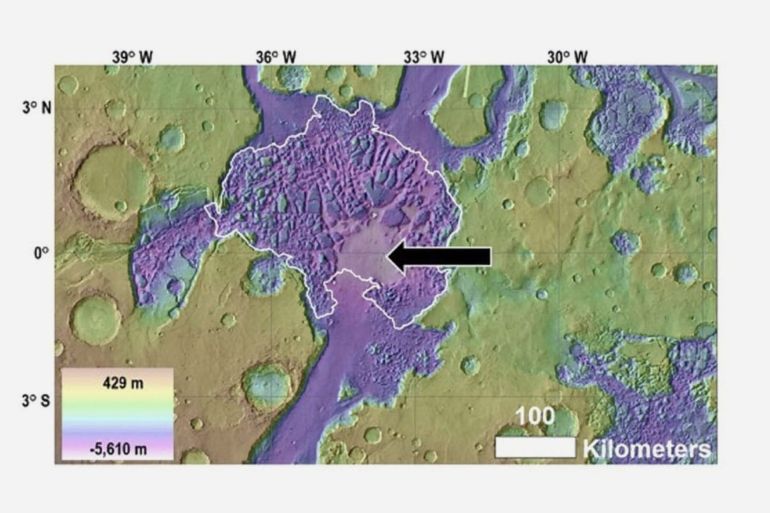Scientists are now almost certain that Mars once contained water like Earth, and may even have witnessed the flourishing of various forms of life billions of years ago. In 2020, the Perseverance rover launched to explore Jezero Crater, east of Mars.
Researchers from the US National Aeronautics and Space Administration (NASA) have hypothesized that Jezero was previously submerged in water, was home to an ancient river delta, and that ancient Martian environments may have been able to support microbial life one day, making it one of the best targets for missions of this type.
But a research team led by scientists from the Planetary Science Institute, an American non-profit research organization, believes that Jezero is not the best. Although huge amounts of water and sediments have flowed to the northern and eastern lands of Mars, the team suggests that the best is to explore the sources of those sediments, not The place you have arrived.

the origin of life
This research team chose the "Haydrauts of Kaos" region, which is located near the eastern end of the Marineris Valley, which is the largest valley system in the solar system, and has a very irregular and fragmented appearance.
This region was formed as a result of the collapse of the surface due to the release of water or lava from under the Martian crust, which led to the creation of large valleys and isolated plateaus.
According to the study, which this team published in the journal Scientific Reports, this region contained a number of sedimentary plains, which are large areas of flat or gently sloping land, which are covered by sediments such as sand, clay, or gravel that have been eroded from other rocks and moved. To it with the water stream.
Researchers believe that the mudstone layers in that region contained bubbles or gas pockets similar to those associated on Earth with the conversion of organic matter from plants, plankton and algae into oil or gas under conditions of high pressure and temperature, over millions of years.
The study suggests that large rooms filled with water have been formed in the interior of the mudstone, each of which is several kilometers wide and hundreds of meters deep, and thus is much larger than any known counterpart on planet Earth. These are places where various forms of life spread. The researchers hope that these results will contribute to building future Martian missions to explore these areas and search for the traces of ancient life in them.


Post a Comment